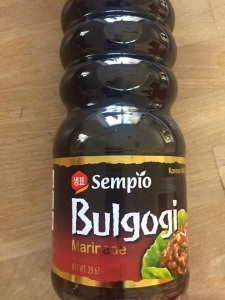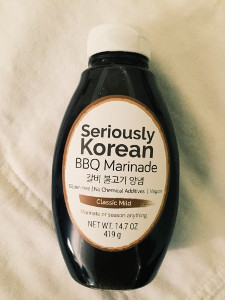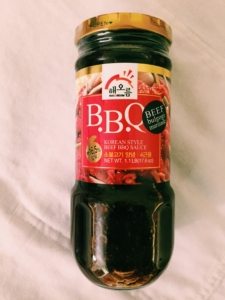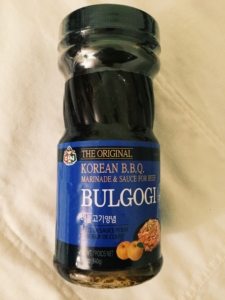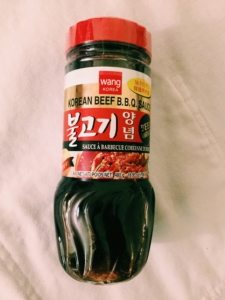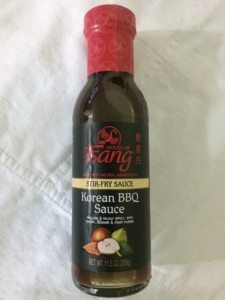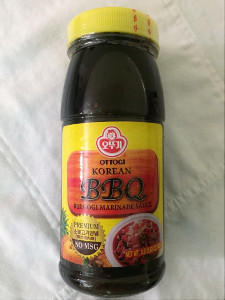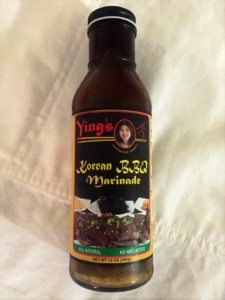After 10 hours of research and through ten top rated microwave rice cookers we are happy to say that the Maxi-Aids – Microwave Rice cooker is the best microwave rice cooker available online! With its convenient, durable, no nonsense design Maxi-Aids delivers a great microwave rice cooker for your emergency rice eating needs.

Editor's Pick:
Capacity: 1.5 cup uncooked rice
Materials: High Heat resistant plastic
When it comes to microwave rice cookers, the Maxi-Aids microwave rice cooker is one of the best values. It is great for making small servings of rice and rice-based meals in just 18 minutes. It comes with flip-down lid locks for safe cooking, a cover, a measuring cup, and a rice spatula. Recipes and instructions are included too.
The handles on our favorite microwave rice cooker are made to stay cool, and the cooker is designed for easy cleaning. With a 1.2 liter capacity, which holds 5 cups, and a 7.75 x 6.5 inch size, this rice cooker is best for making single servings of rice. In case of overflow, we recommend putting it on a plate. This brightly colored red rice cooker is dishwasher safe and made of durable heat resistant plastic.
Runner Up:
Price: $18.61 (Listed on Amazon.com 10/23/18)
Capacity: 3 cups uncooked rice
Materials: Plastic
Anyone looking for ways to save time in the kitchen should check out this Chefs Basics Select cooker. It not only cooks rice, but also meats, stews, vegetables, and pasta combining the cooking method of a pressure cooker, locking in juices and moisture, with the convenience of a microwave. Its 8-cup, 8 x 8 x 5 inch size fits easily in most standard microwaves and is top rack dishwasher safe.
To use it, just fill it up, secure the lid and open the vent on the top, and put it in the microwave. The large size of this cooker makes it great for holidays and dinner parties. The light blue color goes well with most kitchens. Best of all, you will spend less time washing pots and pans and more time to enjoy yourself and your company.
Microwave Rice Cookers Tested
Price: $12.95 (Listed on Amazon.com 10/21/18)
Capacity: 2 cups of uncooked rice
Materials: 100% virgin plastic; phthalate- and BPA-free
If you are looking for an easy way to cook rice, polenta, and couscous, consider this microwave rice steamer by Sistema. This all-in-one rice steamer comes with a pressure chamber plate to collect overflow and drain it back into the base chamber, a lid with steam release vents and with easy-lift tabs that stay cool to keep you from burning yourself, and a nonstick rice spoon.
After you have cooked your rice, you can throw this onto the top rack of your dishwasher for easy cleaning, or use it to store extra rice in it in the fridge or freezer. It has a 2.6 L capacity and measures 8.5 x 7.7 x 6.3, fitting in most microwaves and won’t take up much space in your kitchen. Unlike some other models, the inside lid of this steamer is easy to remove. This bright red colored rice steamer will add a splash of color to your kitchen.
Price: $15.00 (Listed on Amazon.com 10/21/18)
Capacity: 2 cups of uncooked rice
Materials: Plastic
While you might not have considered cooking rice in the microwave, this microwave rice cooker by Joseph Joseph has a lot to offer. This rice cooker allows you to wash, cook, and serve perfectly cooked fluffy rice without boiling it in a pot. It saves time and is easy to clean. It comes with a 2 L cooking pot, a colander, a measuring cup, and a rice paddle. The colander can be used for washing rice, and the rice paddle also serves as a device to lock the pot lid and provides handles. This is a great feature for removing the cooker safely from the microwave.
It is dishwasher safe, food safe, and BPA free. Its size, measuring 8.5 x 5.5 inches, is large enough to cook 4 servings of rice and small enough to fit in most standard microwaves. This rice cooker can be used for cooking all types of rice and for pasta. With bright orange and grey colors that will stand out in your kitchen, the Joseph Joseph rice cooker will look great and the get the job done.
Price: $12.99 (Listed on Amazon.com 10/21/18)
Capacity: 3 cups uncooked rice
Materials: Plastic
Rice lovers who are looking for a faster and easier way to cook rice might want to take a look at this no overflow rice cooker by Progressive International. It cooks up to 6 cups of rice, oats, quinoa, pasta, or vegetables in minutes without overflowing and making a mess. This 5-piece set comes with a main bowl, a lid, a nesting shelf insert, a rice paddle, a measuring cup, and instructions.
The nesting shelf is designed to prevent the rice from boiling over and also can be used as a colander. It is made from non-stick BPA-free material so it is safe, easy to clean, and dishwasher safe. It is 6 x 7 x 7 inches, has a 3.5-cup capacity, and makes 8 servings of rice. The grey and white color of this rice cooker will match any kitchen decor.
Price: $14.50 (Listed on Amazon.com 10/23/18)
Capacity: 3 cups uncooked rice
Materials: 100% virgin plastic; phthalate- and BPA-free
Sistema’s rice microwave multicooker steamer offers several advantages by steaming rice quickly and keeping in the moisture. The steam release valve is designed to let pressure out. To use it, just fit the smaller top on first and then put on the lid that locks down. The smaller lid has slots on the edge for serving spoons, and the steam lid is adjustable.
It comes with a BPA-free large steamer, a spoon, and recipes. This brightly-colored red steamer is 6.5 x 8.5 x 7.5 inches and has a capacity of 2.6 liters holding 11 cups. It won’t take up too much space on your kitchen counter and will fit in standard microwaves. After use, just throw it in the dishwasher, and it will be ready the next time.
Price: $14.67 (Listed on Amazon.com 10/23/18)
Capacity: 3 cups uncooked rice
Materials: Plastic
If you make rice often and are tired of bothering with pots and electric rice cookers, you might want to give this Nordic Ware microwave rice cooker a try. It cooks rice in minutes without burning it and can also be used to cook veggies and pasta.
It comes with a basket to rinse the rice, the main cooking container, a 4-part lid with a top vent cap, lid top, lid bottom, and a small piece that hooks on the vent. This makes the lid easy to clean, and the entire steamer is dishwasher safe. It is made from BPA-free plastic, and the white color has a fresh, clean look. It has an 8 cup capacity.
Price: $42.00 (Listed on Amazon.com 10/23/18)
Capacity: 3 cups uncooked rice
Materials: Plastic
This microwave rice cooker by Tupperware is more expensive than the others, but it has several great features that make using it a breeze. It comes with a double cover that collects the steam created during cooking and channels it into a recessed area of the cover and back into the base. This keeps the contents of the rice cooker from drying out and keeps your microwave clean and free from spills. Lines marking the maximum fill level for rice and water are easily visible on the outside of the base so you will have no trouble measuring the correct amounts.
The cover handles fold down and lock on the base and also serve as grips for removing the rice cooker from the microwave without getting burned. All you have to do is follow the directions, keep the rice and water within the markers, and use the correct power and cooling times, and you should end up with 4 cups of rice cooked to perfection. Like all Tupperware products, this rice cooker is made from BPA-free plastic. It comes in two sizes, a small size for smaller portions and a larger size for serving 5 to 10. This purple rice cooker has a modern look that we think will complement your kitchen nicely.
Price: $5.48 (Listed on Amazon.com 10/23/18)
Capacity: 1 cup uncooked rice
Materials: Plastic
This microwave rice cooker made by Daiso is very inexpensive. It is small and designed for making single servings of rice. Its orange and clear color gives it a unique look. It doesn’t seem very durable and the instructions are lengthy and require many steps, but it works well for cooking small amounts of rice. For a very low price, we think it gets the job done.
Price: $14.99 + $12.00 shipping (Listed on Amazon.com 10/23/18)
Capacity: 3 cups uncooked rice
Materials: N/A
This microwave rice steamer made by Silicone Bakeware can be used for cooking rice, polenta, or couscous. The 4-part cooking system includes a lid with 2 flaps that serve as handles, a steamer, and a nonstick serving spoon. It keeps rice moist by using a pressure chamber tray and a lid that allows steam to escape and is easy to clean. The color of this rice steamer is red, so it will stand out in your kitchen. It is 16.5 x 21.5 x 21.5 cm and has a 2.6 liter capacity.
Why a microwave rice cooker?
If you like to eat rice and cook it frequently, microwave rice cookers are a great investment. They are inexpensive, don’t take up much room in your kitchen, fit in most standard size microwave ovens, and prepare rice quickly in about 10 minutes. They are not limited to just cooking rice but have many other uses such as steaming veggies and cooking pasta, couscous, or oatmeal. Because they include everything you need for cooking rice, they are convenient, easy to use, and easy to clean.
We have noticed that electric rice cookers can get moldy and have parts that are hard to get to for cleaning. Pots need to be soaked and scrubbed, especially when we accidentally burn the rice by cooking it too long. Microwave rice cookers come apart and can easily be washed by hand in warm soapy water or on the top shelf of your dishwasher so you will never have to scrub that burned rice out of your pot again.
You won’t have to spend time waiting for water to boil or worry about the rice boiling over or burning. Cooking your rice in the microwave, once you get used to it, is much easier and less messy than cooking it on the stove. All microwaves are different, so we recommend some trial runs to get the proportions, timing, and cooking power right. Once you perfect your method, you won’t be able to tell the difference between the rice made in a microwave rice cooker and rice cooked on the stove or in an electric steamer. The lid will keep in the steam so that your food will remain moist, and your rice will come out consistent and fluffy every time.
Microwave rice cookers are also great for students who don’t have access to a stove and cannot afford a more elaborate electric rice cooker. They are perfect for a dorm room or small apartment because they don’t take up much room, are simple to use, and most are inexpensive.
What is a good microwave rice cooker?
If you are shopping for a microwave rice cooker, there are a few important features to look for. A good microwave rice cooker has a sturdy feel and is made from durable and easy to clean plastic. It won’t leak water or spill over, and it will have an easy to remove lid that locks down securely. It will also have handles that don’t get hot so that you won’t burn yourself when you remove it from the microwave.
You also will want one that includes as many useful components as possible. The most important components to look for are a colander for washing the rice, a measuring cup, and a rice spatula. A good lid for a microwave rice cooker is fairly simple and not too fussy but does include two layers. The dual layer lid is designed to trap and return condensation to the pot so it won’t spill over. The two parts of the lid should come apart easily for cleaning. You will want to get one that is the right size and capacity for your needs.
A microwave rice cooker that comes with instructions and recipes is very useful. We think of the instructions as guidelines that might need to be tweaked because all microwaves are different. Finally, a good microwave rice cooker should be dishwasher safe, made from safe materials, BPA-free, and should not have a plastic smell or taste.
Once you get started using a microwave rice cooker or steamer, you will find that you can make rice that tastes the same as it would if made on the stovetop in much less time and with much less fuss. Cooking rice will be a breeze with a microwave rice cooker, so you might find yourself eating rice even more often.
Why trust us?
In the same vein as our Korean BBQ Grill post this flies somewhat in the face of our conventional methodology. As we don’t have the capacity to go out and test all of these rice cookers ourselves we opted to do the next best thing. We applied similar methods as we have for our Best Restaurants posts: relying on the power of the customer base, researching with integrity (we do not have any ties to the companies making these rice cookers), and being self aware enough to know that we are not smart enough to put forward our own opinion. We are simply relaying all of our research in as consumable of a format as we can; hopefully in the near future I can fulfill my lifelong dream of having a hundred rice cookers in my place, all singing their songs of warmth, happiness, and the cooked rice way.
How we chose what to test?
We decided to make this as easy as possible. We wanted to look at microwave rice cookers that everyone in the US would have access to buy and that had a good amount of data that we could peruse through. We chose Amazon for its near ubiquitous use for online shopping, went straight for “best microwave rice cookers”, sorted by customer ratings, and went down the list looking for anything that came up (minus paid promotions or advertisements).
What to look forward to
I’m pretty confident that we hit all the major players, we’ll definitely keep our eyes peeled for any revolutionary game changers that might come out. Stick with us while we continue our great journey into the hardware side of the culinary world!
Wrapping it up
It was pretty surprised seeing the selection out there on the market that do a great job of what they’re supposed to do… cook rice. But like any piece of hardware durability seems to be a consistent and major issue for these babies. Also, I know I harped on this a bunch in our Korean BBQ Grill post, but these companies really need to come out with some palatable names for their babies. Writing about something that is a jumbled bunch of letters and numbers drives me up the wall. Regardless, it’s reassuring to know that the well being of our rice eating brethren lie in good hands. May your rice be always hot, fluffy, and perfect.

![The Best Microwave Rice Cooker [2022] – Korean BBQ Essentials](https://goghism.com/wp-content/uploads/2018/10/Copy-of-Best-Induction-Rice-Cooker-Feature-Pic.png)
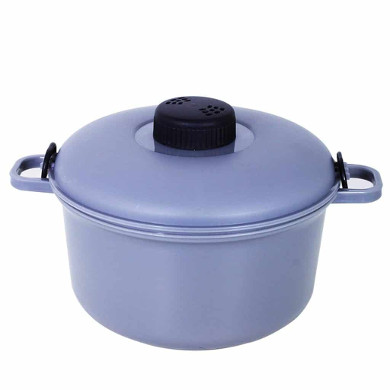
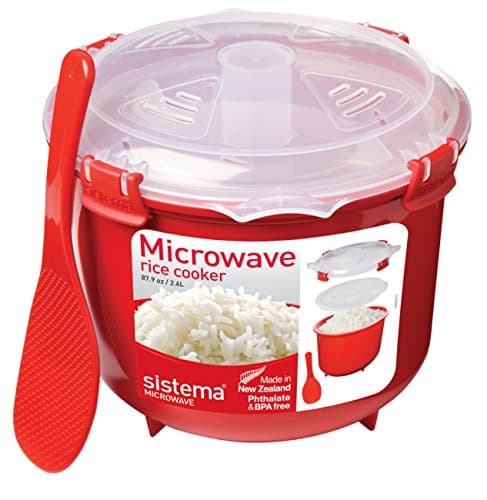

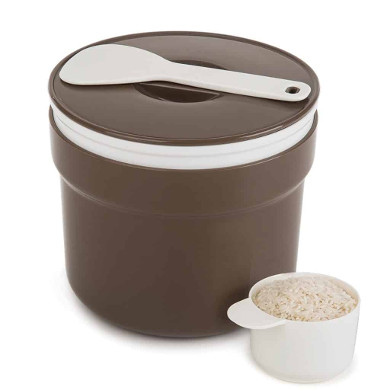
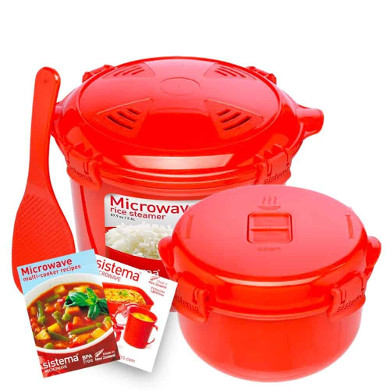
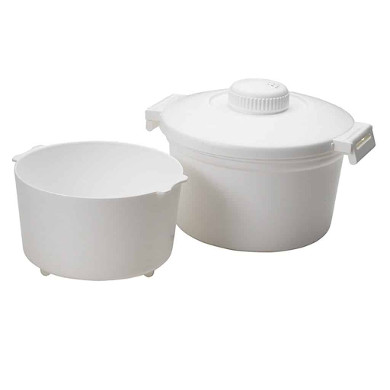
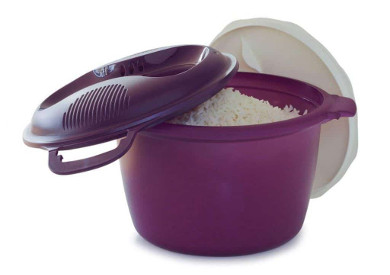
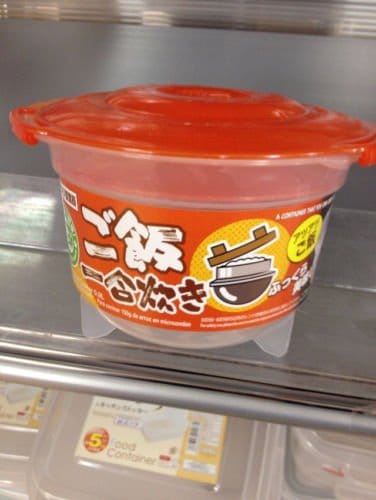
![Korean BBQ Essentials: Best Induction Rice Cooker [2020]](https://goghism.com/wp-content/uploads/2018/09/Best-Induction-Rice-Cooker-Feature-Pic.png)
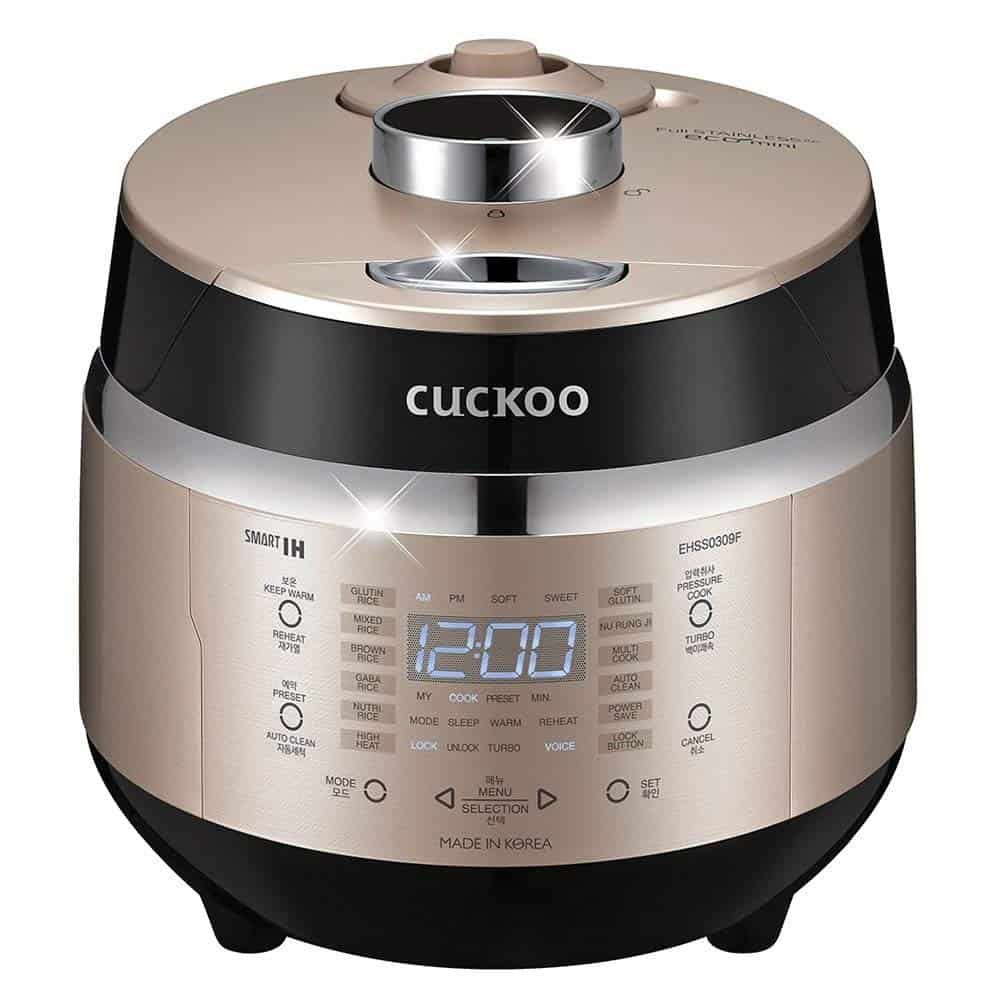
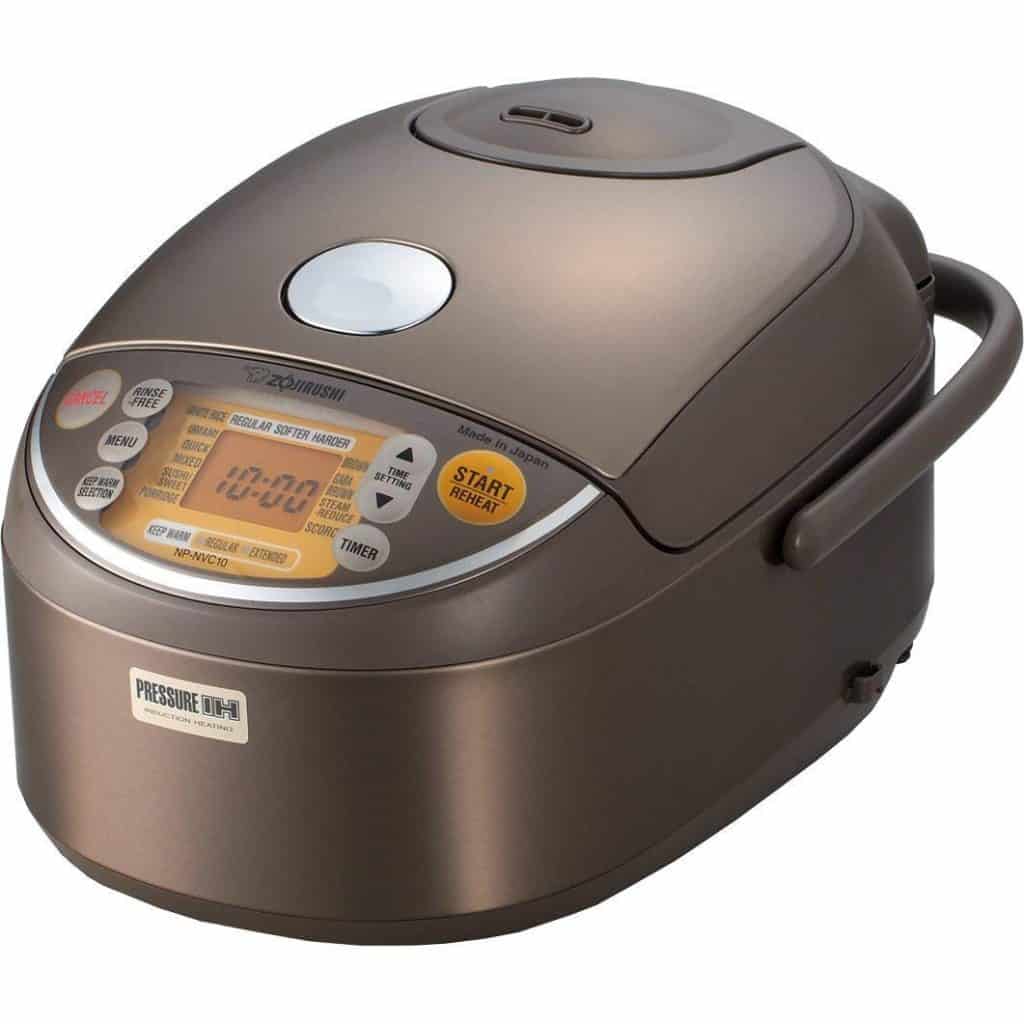

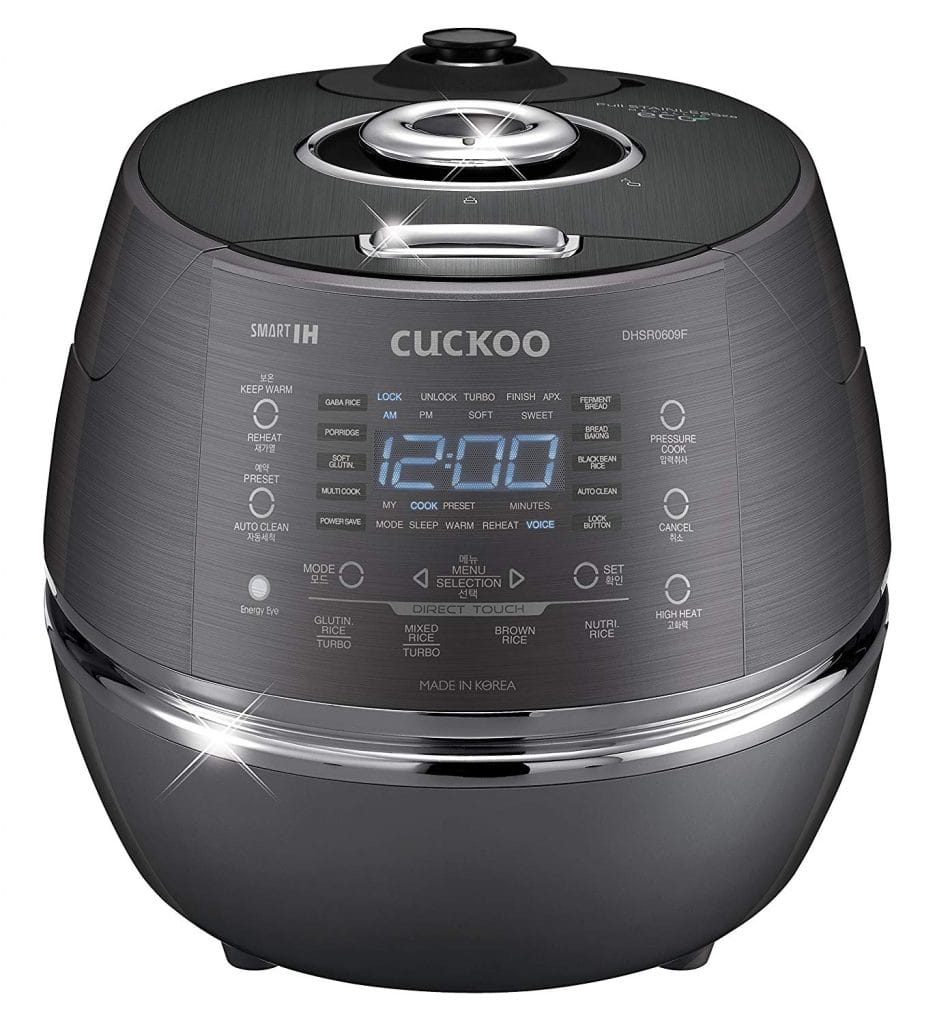
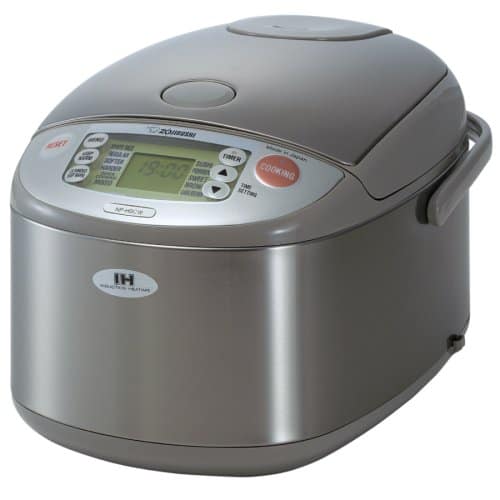
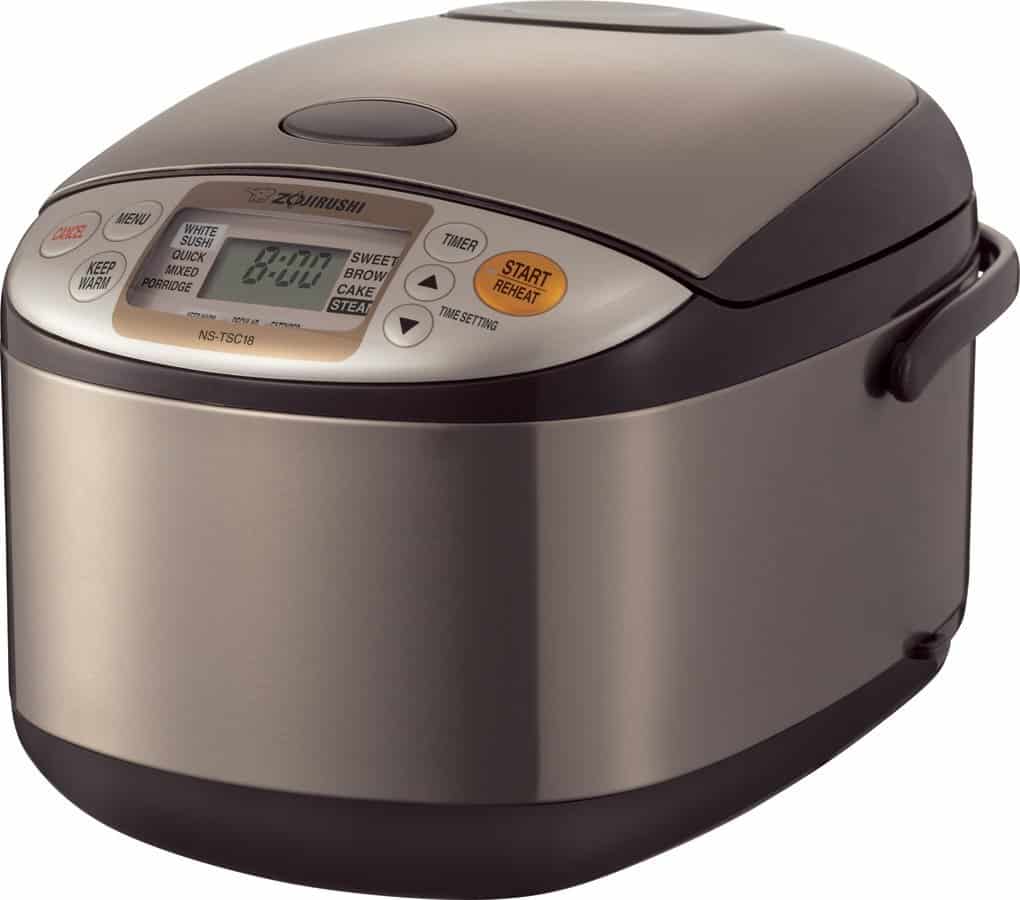
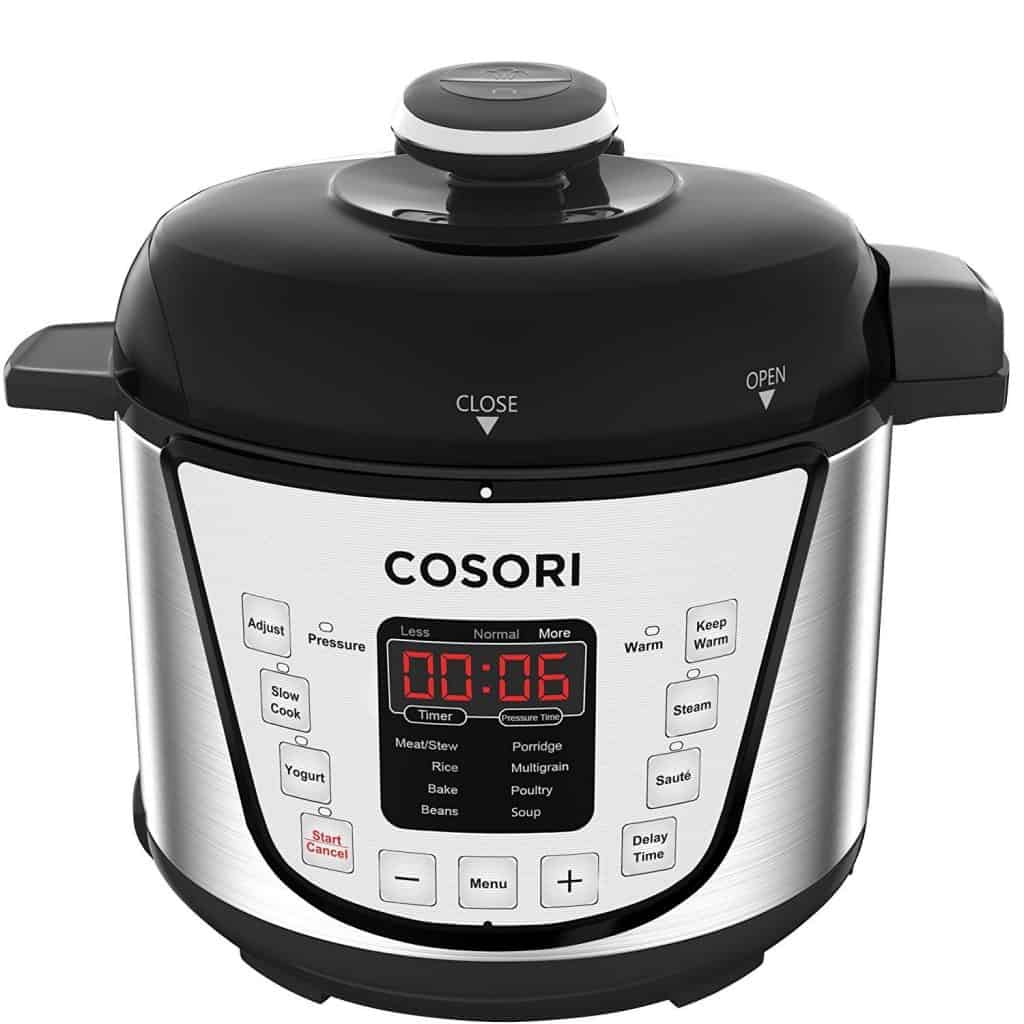
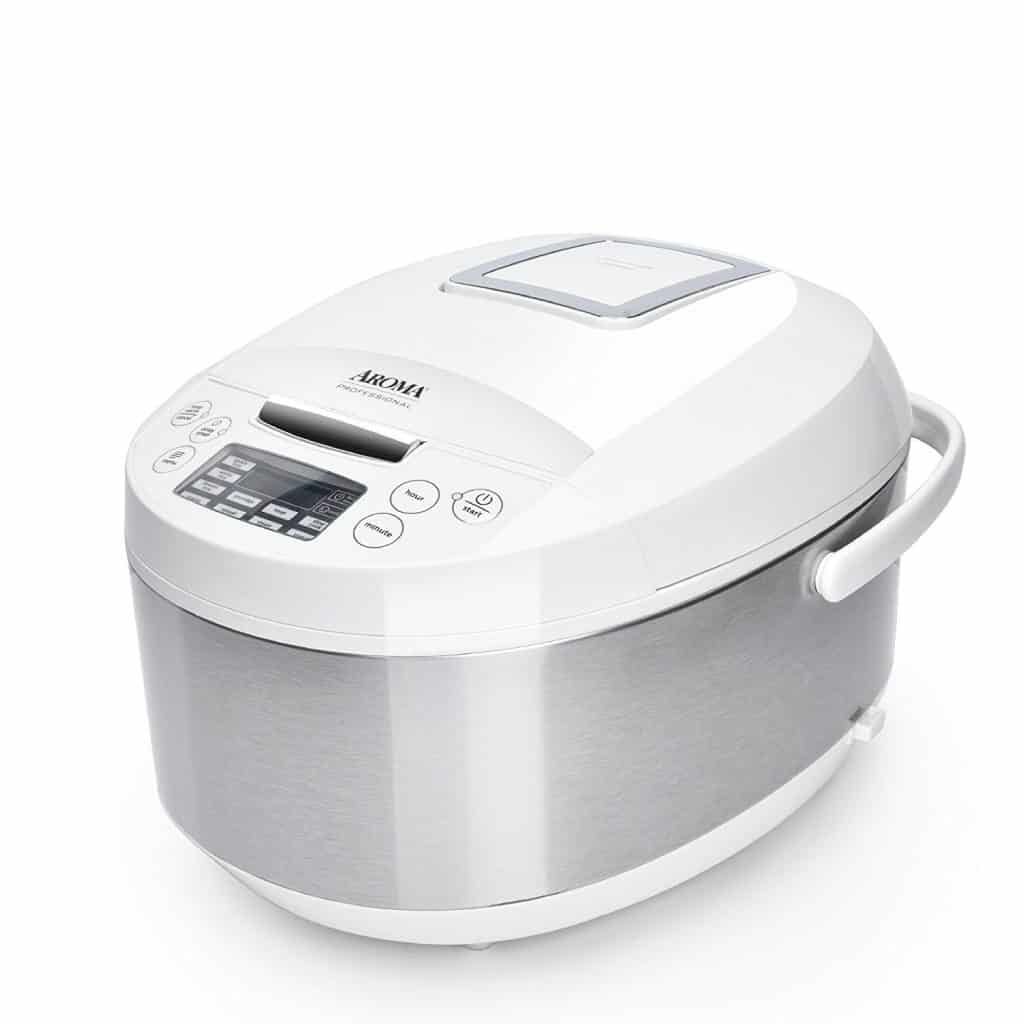

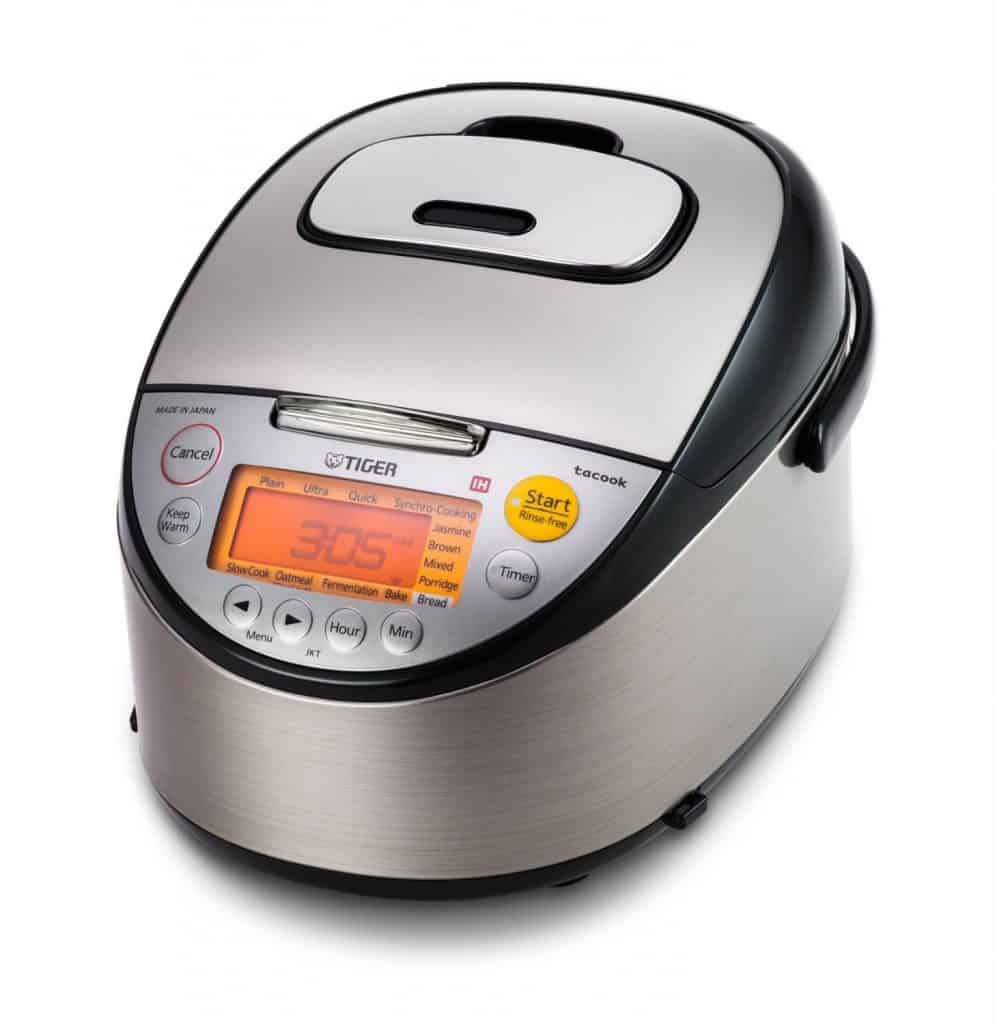
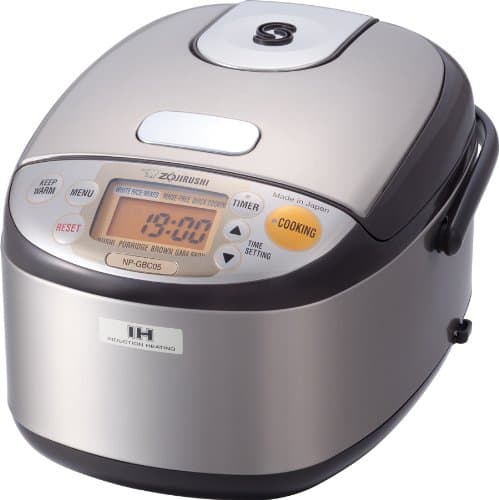
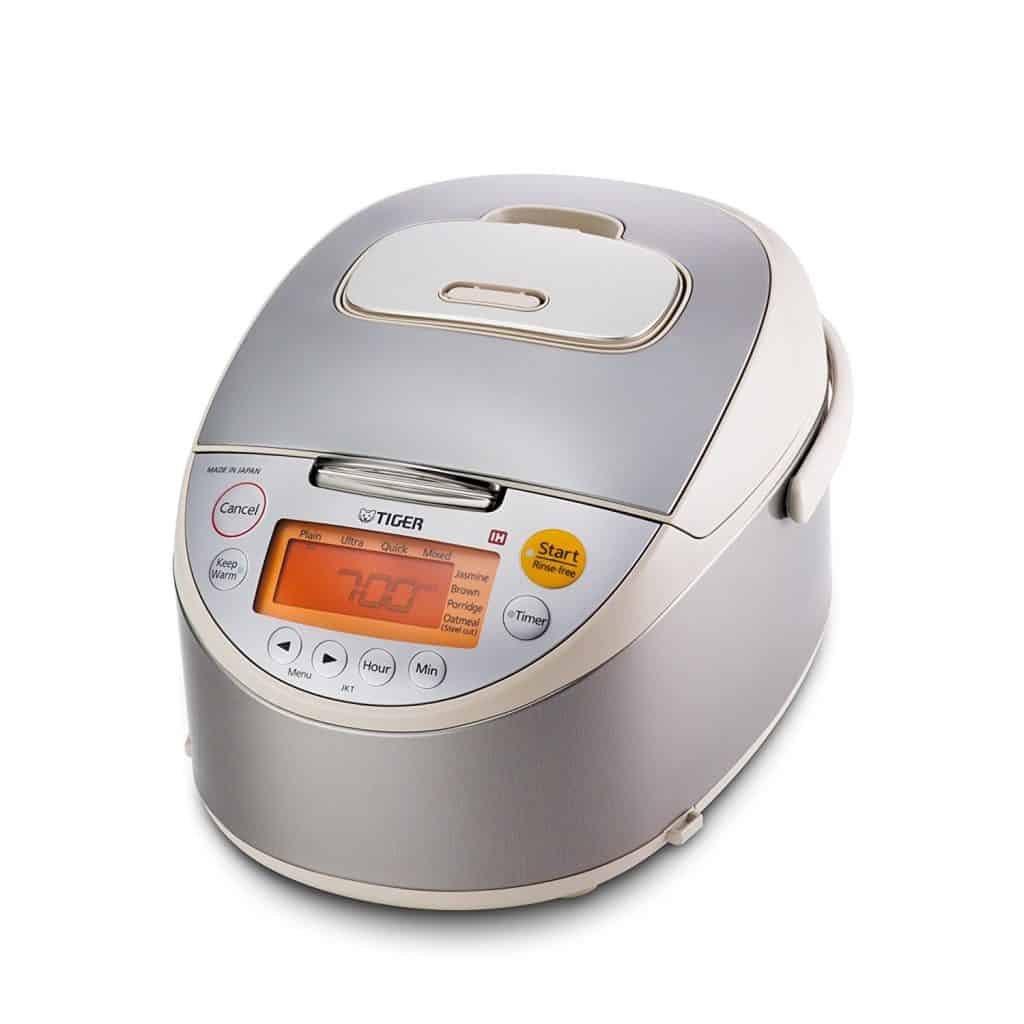
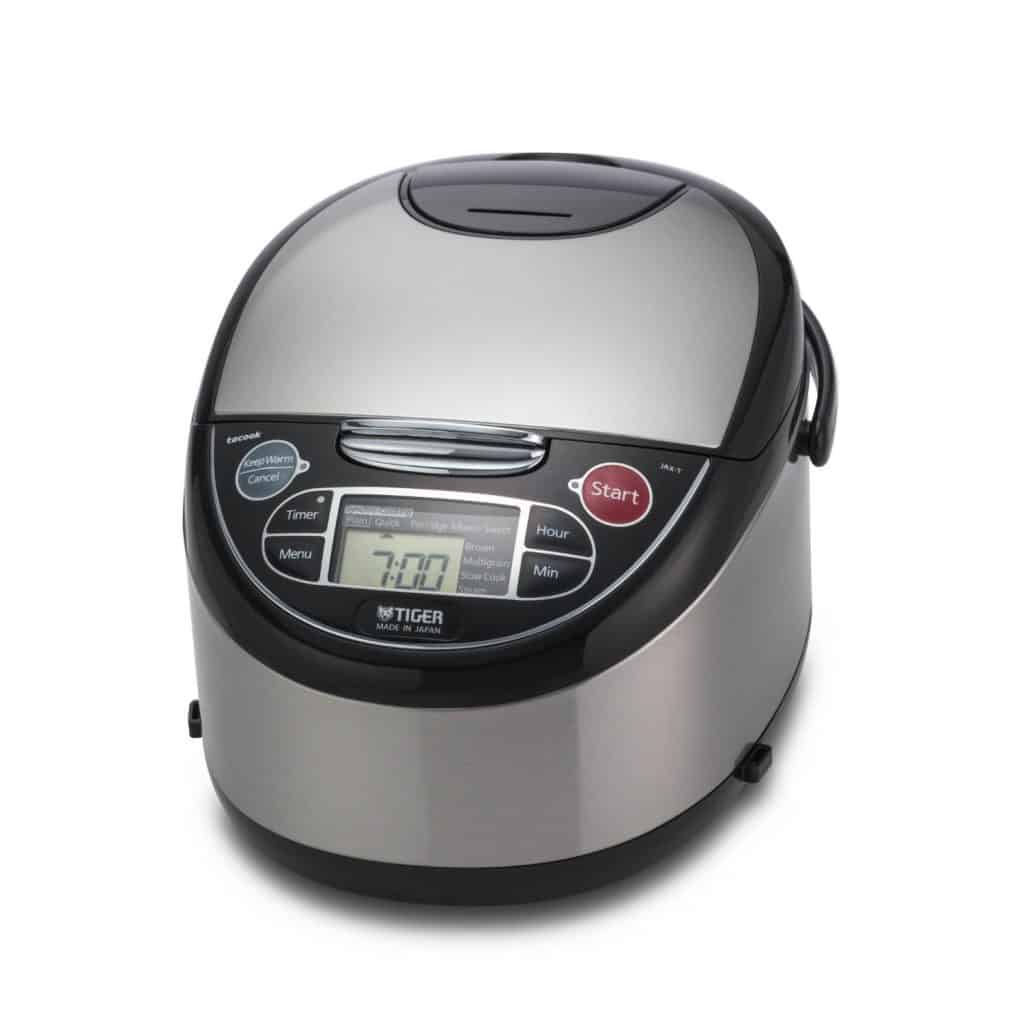
![Best Gochujang Brand [2020] – Korean Chili Paste](https://goghism.com/wp-content/uploads/2018/06/Gochujang-Feature-Image-1.png)

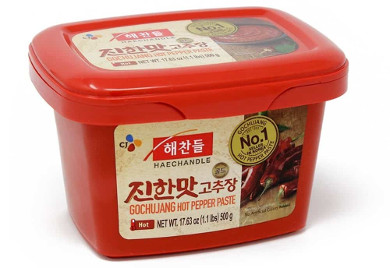





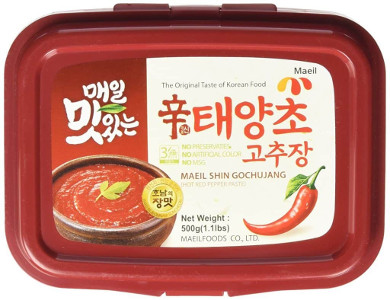

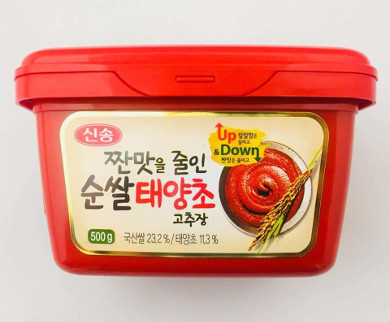

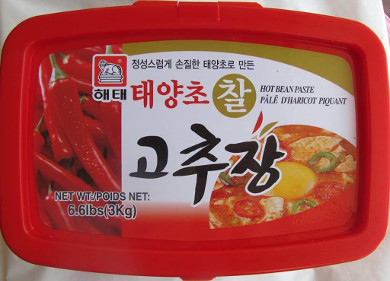
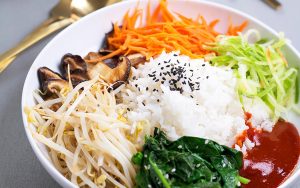

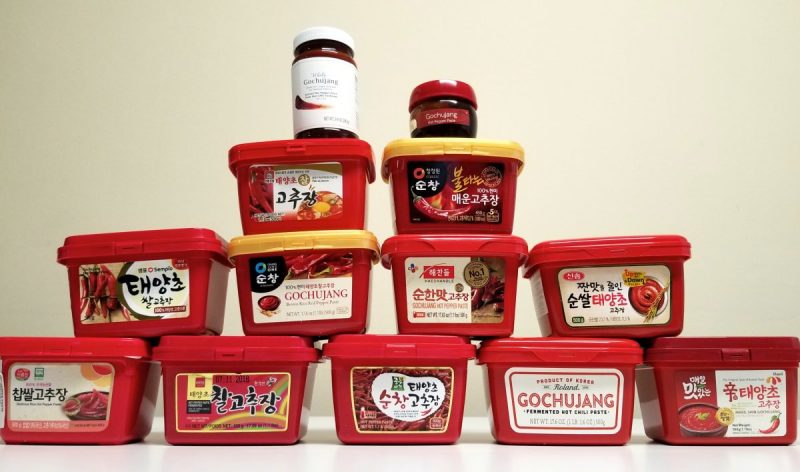

![Best Instant Jjajangmyeon [2020] – Korean Instant Noodles](https://goghism.com/wp-content/uploads/2018/03/Instant-Jjajangmyeon-Feature.png)

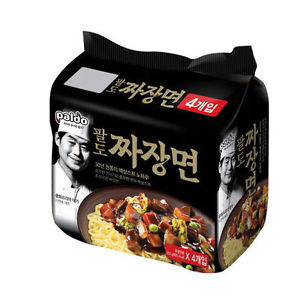
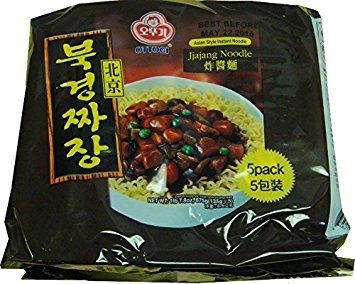

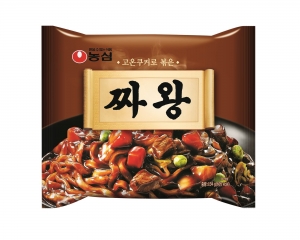
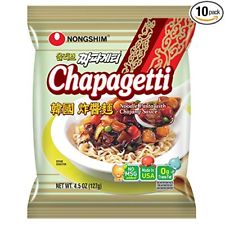
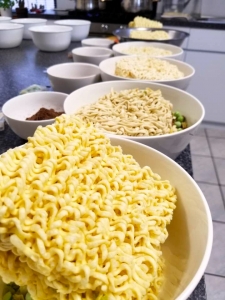 For that alone we at Goghism would be more than happy to highlight a dish that is so important to Korean and Korean American culture, but has yet to break through to the rest of the world in the way that it deserves. It also doesn’t hurt that my birthday happens to fall on a
For that alone we at Goghism would be more than happy to highlight a dish that is so important to Korean and Korean American culture, but has yet to break through to the rest of the world in the way that it deserves. It also doesn’t hurt that my birthday happens to fall on a 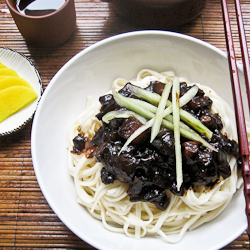

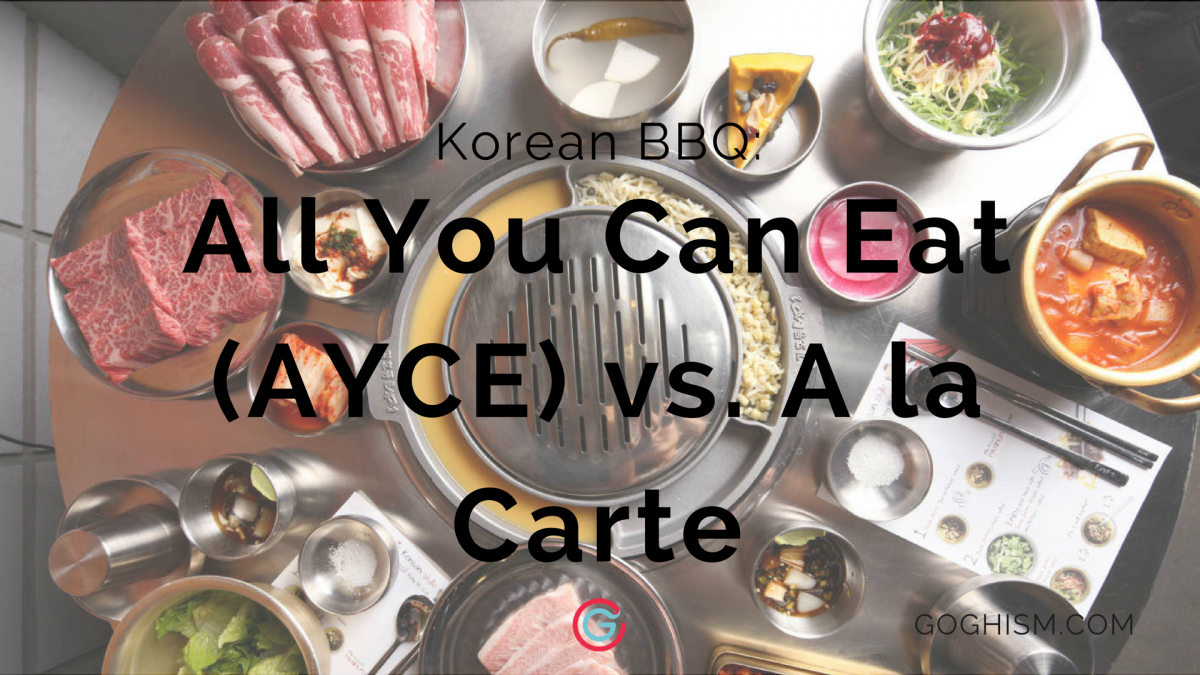



 Now I have a lot of love for the front of the house: they are consummate professionals that have a huge impact on the overall dining experience, horrible customers dramatically outnumber horrible servers (whoever invented ‘the customer is always right’ should burn in hell), and the job can be incredibly difficult, nuanced, and thankless. However… we can’t deny that bad service exists, and in this instance AYCE wins out as server interaction, while not nonexistent, is minimized. Customer service is still a contributing factor to your Korean BBQ experience but it’s much more straight forward in this scenario, generally limited to getting more meat, rice, soju, and
Now I have a lot of love for the front of the house: they are consummate professionals that have a huge impact on the overall dining experience, horrible customers dramatically outnumber horrible servers (whoever invented ‘the customer is always right’ should burn in hell), and the job can be incredibly difficult, nuanced, and thankless. However… we can’t deny that bad service exists, and in this instance AYCE wins out as server interaction, while not nonexistent, is minimized. Customer service is still a contributing factor to your Korean BBQ experience but it’s much more straight forward in this scenario, generally limited to getting more meat, rice, soju, and 


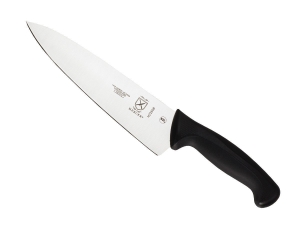
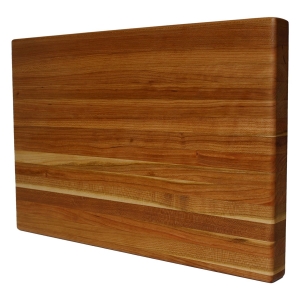




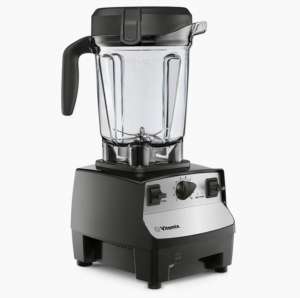
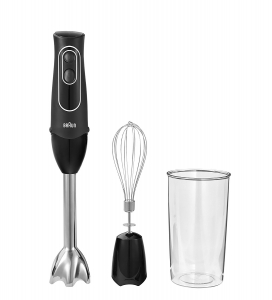
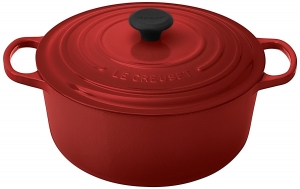

![The Best Kimchi Brand [2020] – Best Store Bought Kimchi | Korean Food Essentials](https://goghism.com/wp-content/uploads/2017/11/kimchi-feat-img.png)
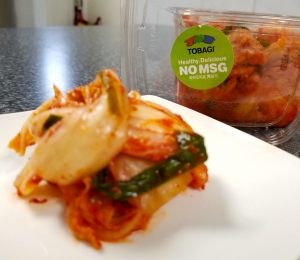
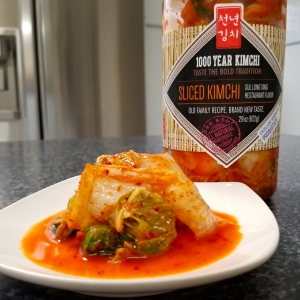

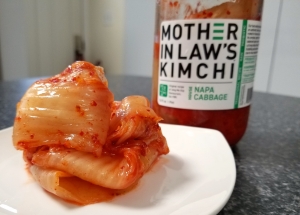
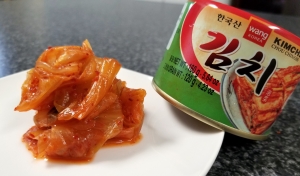
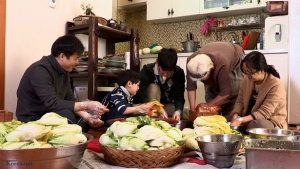 Honestly, this one is shame on us, this is really “How Have You Not Done Kimchi Yet?”. I won’t go into the history of kimchi and its importance to Korean culture (all of it would be from Wikipedia
Honestly, this one is shame on us, this is really “How Have You Not Done Kimchi Yet?”. I won’t go into the history of kimchi and its importance to Korean culture (all of it would be from Wikipedia 

![Best Small Rice Cooker [2020] – Korean BBQ Essentials](https://goghism.com/wp-content/uploads/2017/10/ricecookerfeatimg.png)


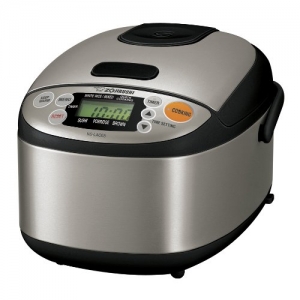

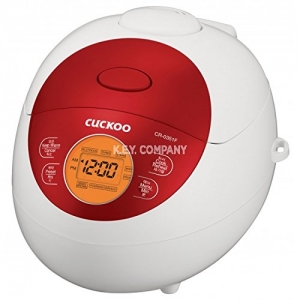

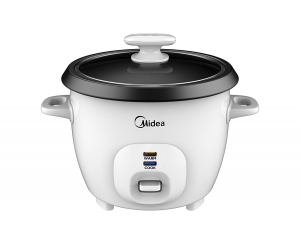
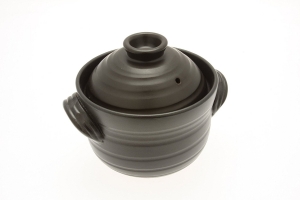
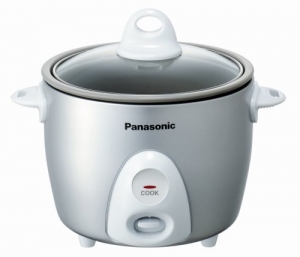
![The Best Korean BBQ Grill [2020] – Korean BBQ Essentials](https://goghism.com/wp-content/uploads/2017/08/kbbqgrill-1.png)

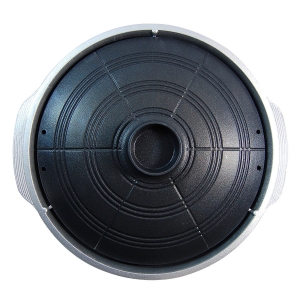
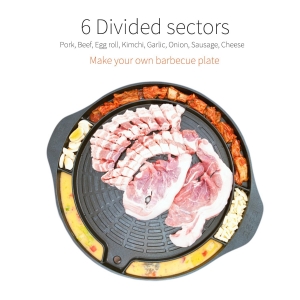

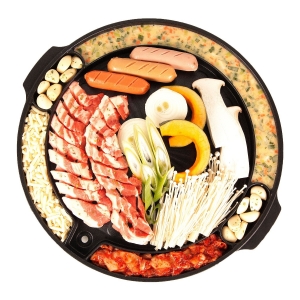
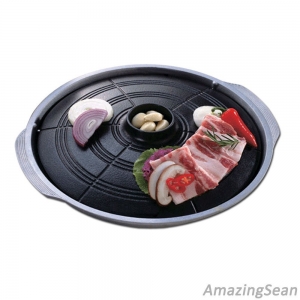
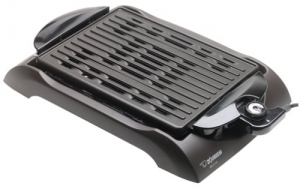


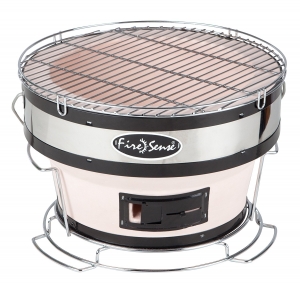

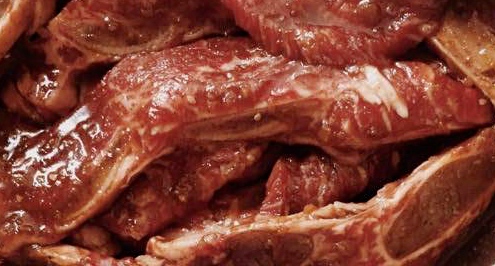
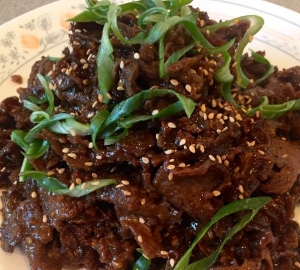
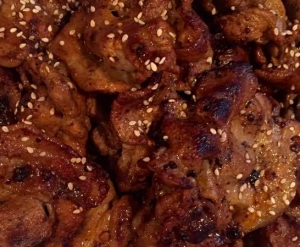
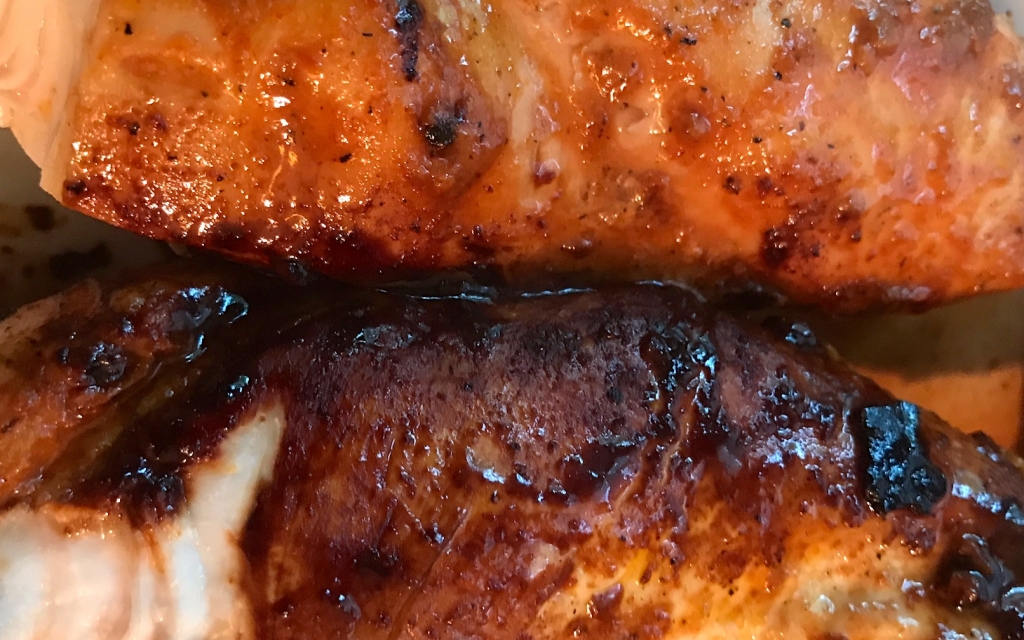

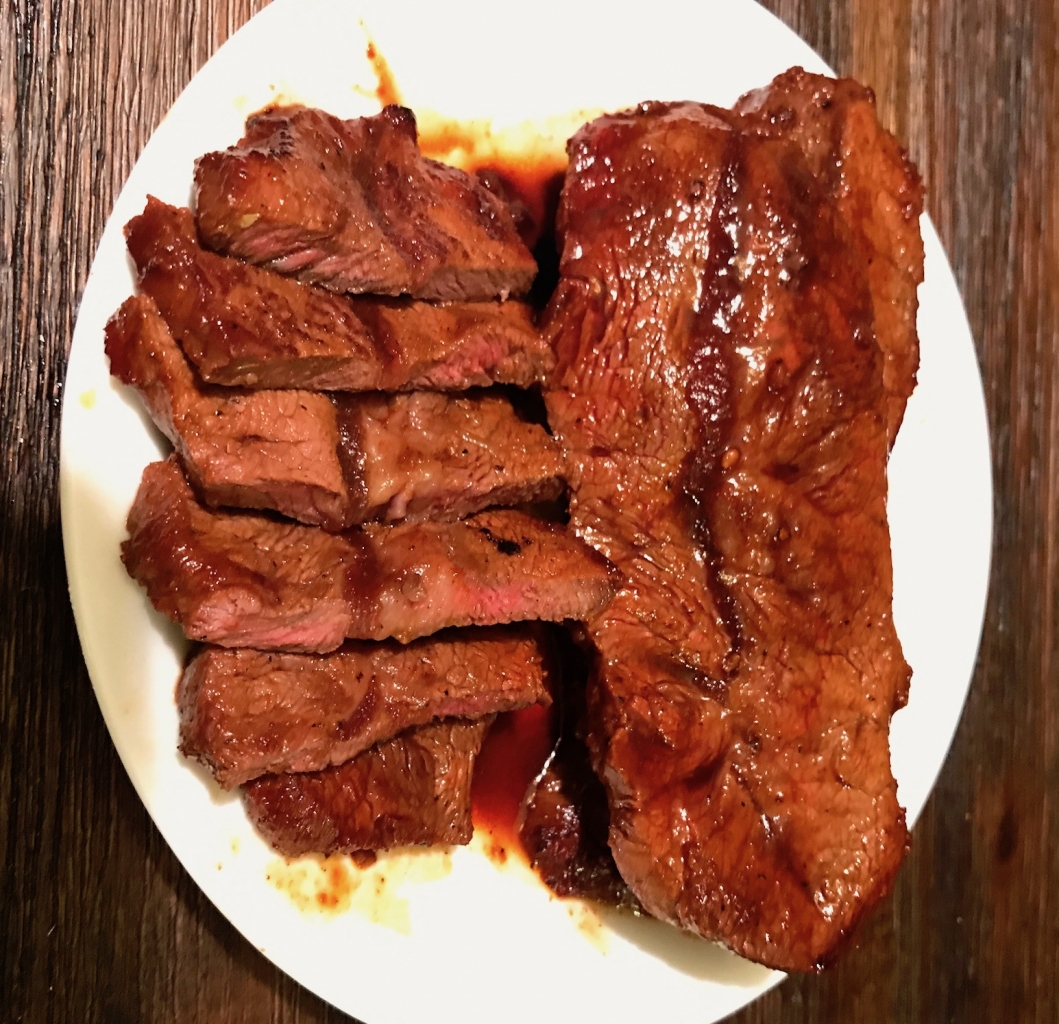
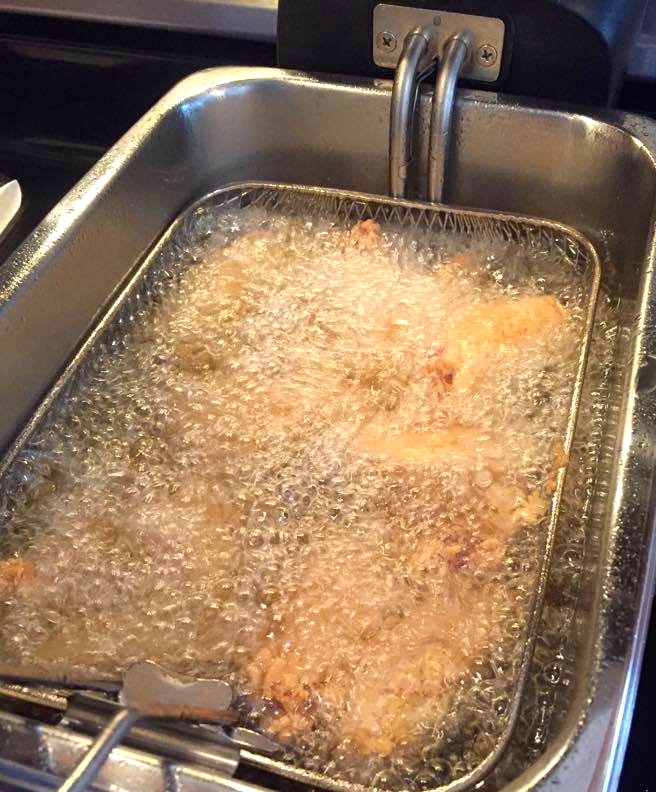
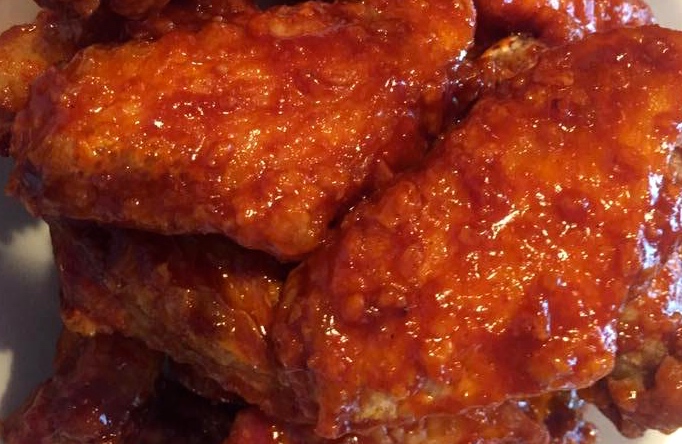
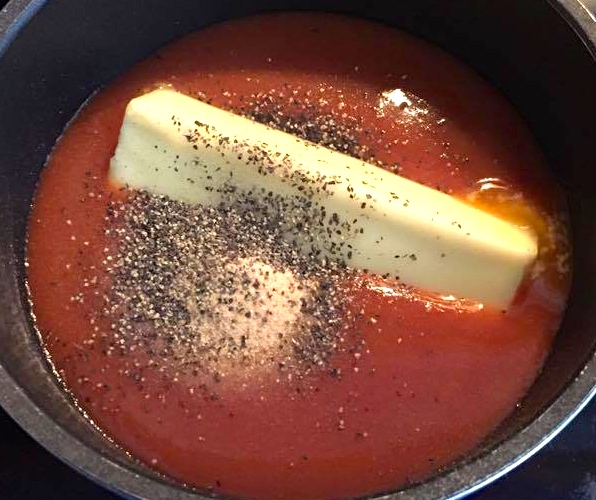
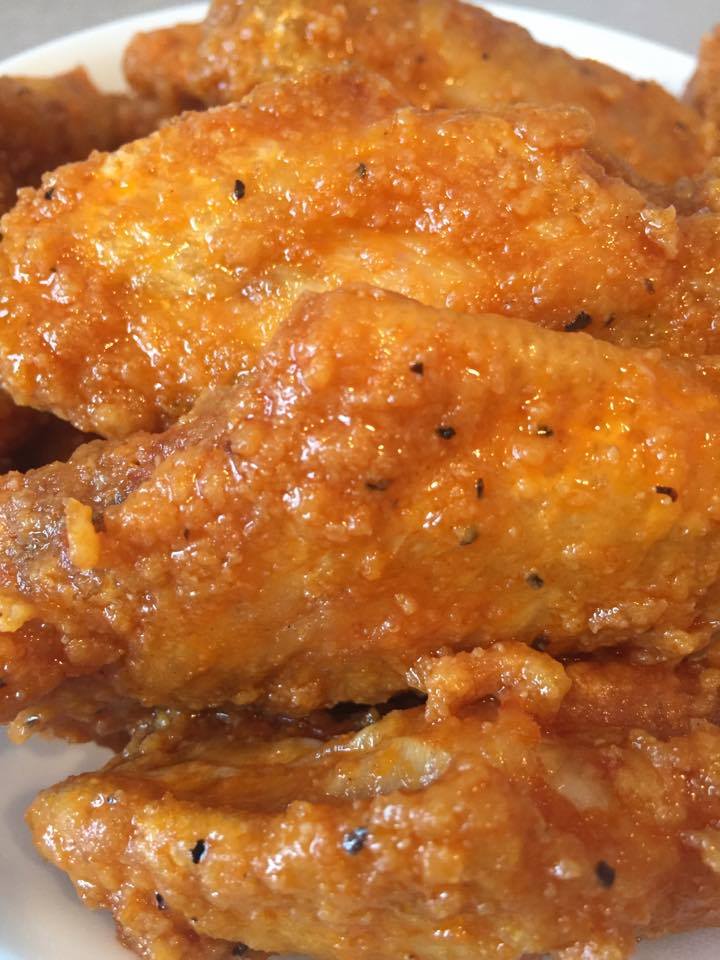




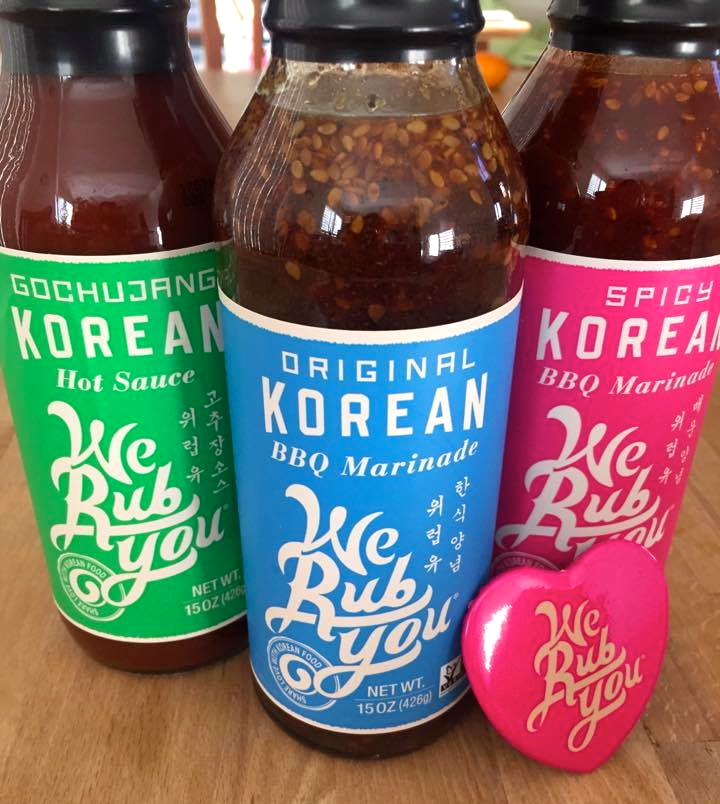

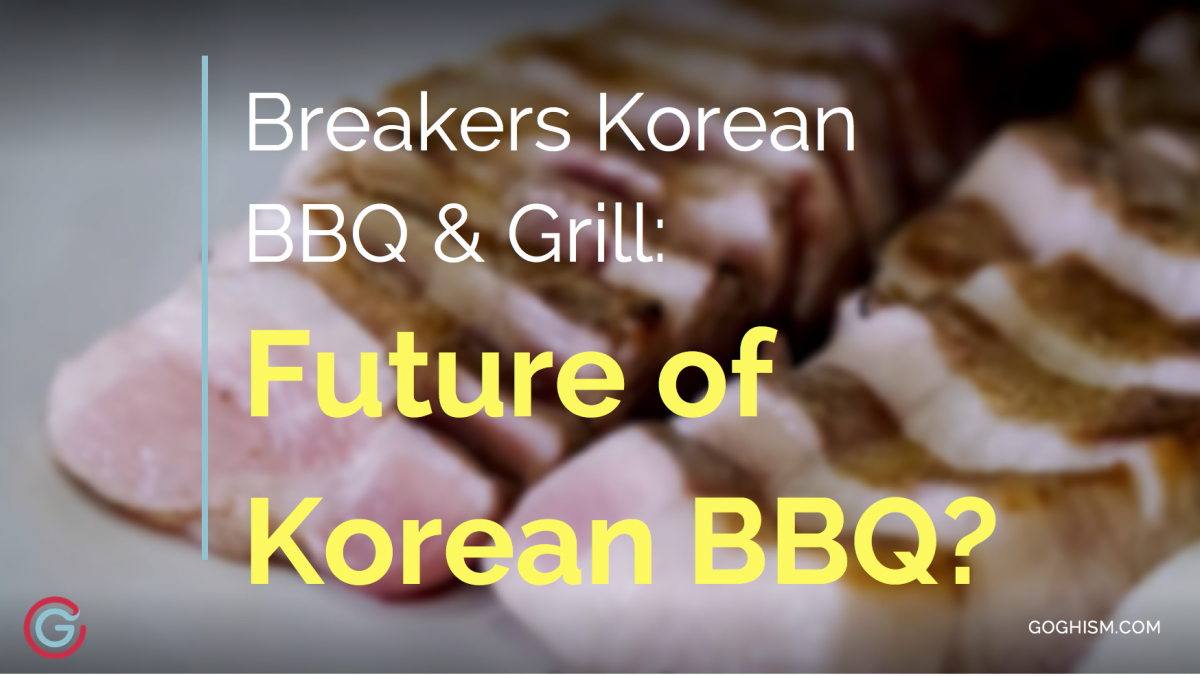
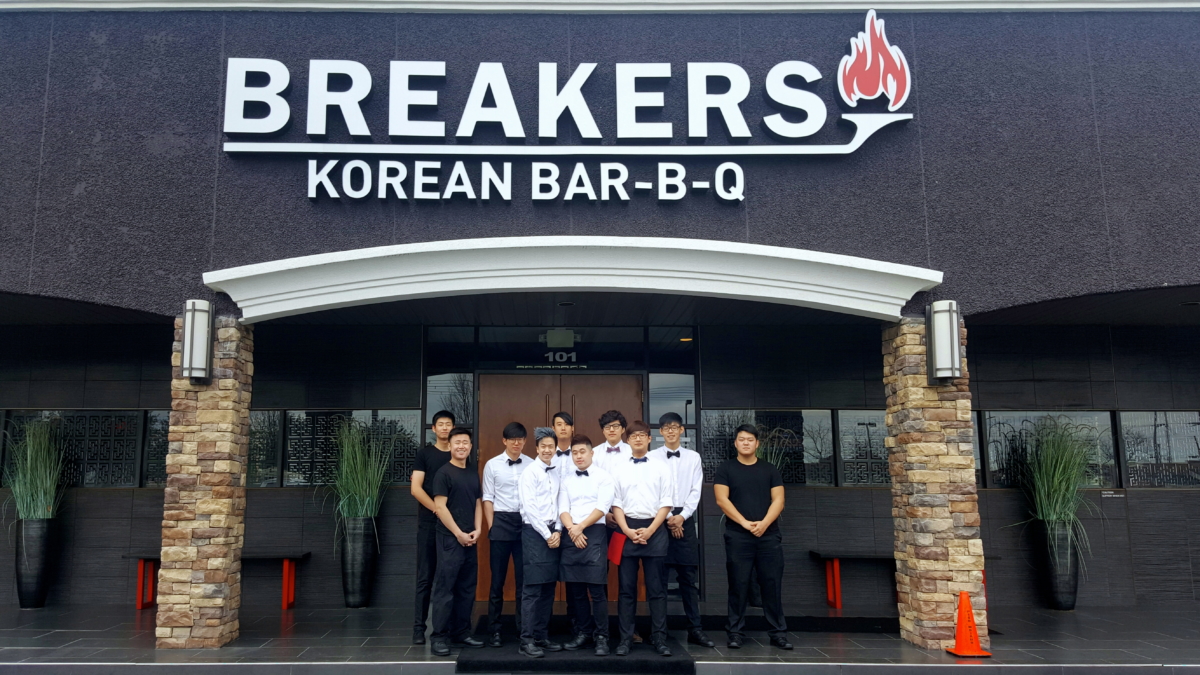
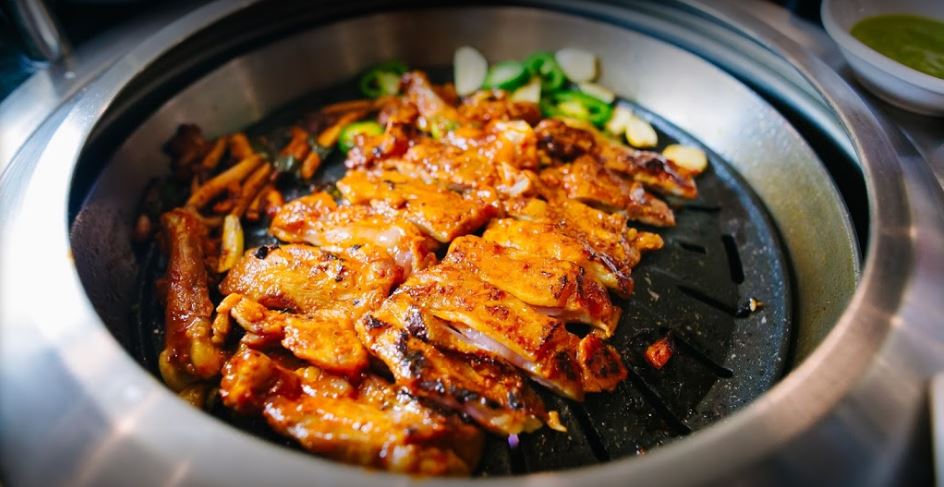
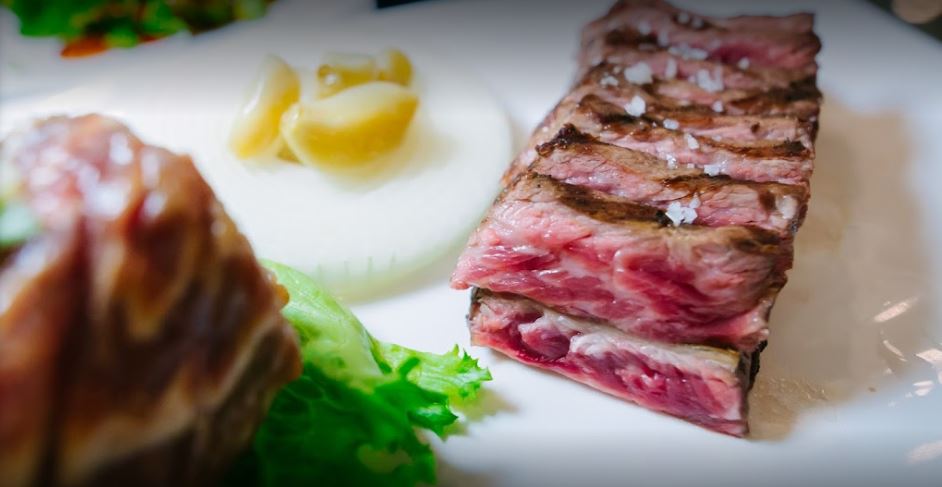
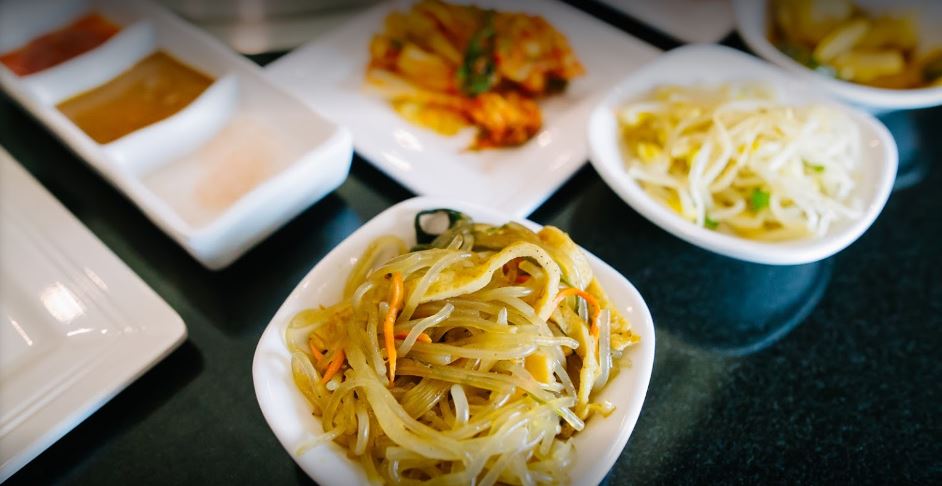

![Best Marinade for Vegan Bulgogi [2020]](https://goghism.com/wp-content/uploads/2017/01/veganmarinade.png)


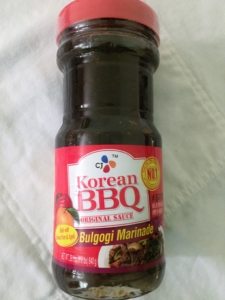

![Best Kalbi Marinade Sauce in Stores [2020] – Korean BBQ Essentials](https://goghism.com/wp-content/uploads/2016/11/kalbimarinade.png)
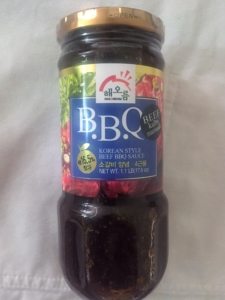
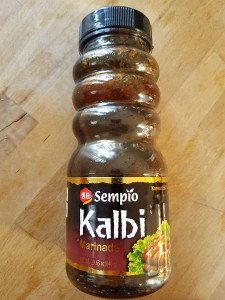
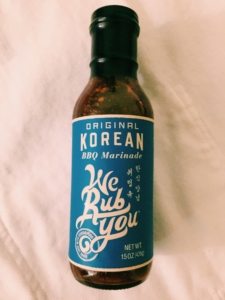
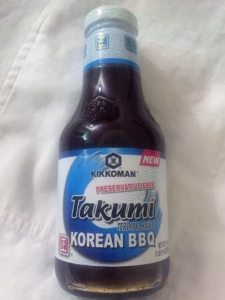
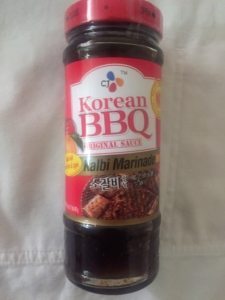


![Best Bulgogi Marinade Sauce in Stores [2020] – Korean BBQ Essentials](https://goghism.com/wp-content/uploads/2016/10/bulgogimarinade.png)
